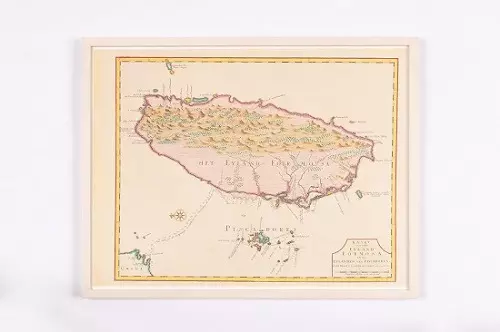
Dutch Delftware vase
Updated at 2022-03-10
When you look at this vase, your first reaction might be, “Hold on, isn’t that Chinese blue and white porcelain?” Delftware is in fact related to Chinese blue and white porcelain. This relationship can be traced back to the early 17th century, when the Dutch East India Company began importing Chinese porcelain to Europe, where it was very well received. However, war disrupted the trade and dozens of pottery factories sprang up in the town of Delft in the southern Netherlands. They devised ways to reproduce the beauty of blue and white porcelain. This was how Delftware came to be. It absorbed Chinese porcelain’s glaze characteristics and blue dyeing techniques, and combined them with Japanese color patterns to produce unique Dutch porcelain. The Dutch royal family uses Delftware. Whenever there is a major event such as the heir’s wedding or the birth of a new member, the royal family always commissions commemorative Delftware plates.
Flag: the Dutch flag is rectangular with a horizontal triband of red, white, and blue from top to bottom. It is the oldest tricolor flag in continuous use. The red band symbolizes valor, the white band symbolizes blessings, and the blue band represents loyalty towards the motherland.
National day: April 27
Language: Dutch and West Frisian are the official languages, but the majority of the Dutch people are fluent in English. There aren't communication difficulties in using English when traveling in the Netherlands.
Capital: Amsterdam
Area: 410,850 square kilometers
Population: Approx. 17,820,000 people
Currency: EURO (EUR)
Government: The Netherlands is a constitutional monarchy. The current head of state is King Willem-Alexander. The king is the nominal head of state and the symbolic representative of the country. The Netherlands has a cabinet responsibility system with an institutional separation of powers. The States General of the Netherlands has legislative authority and the monarch and the cabinet have executive authority, but the actual power lies in the cabinet.
相關藏品

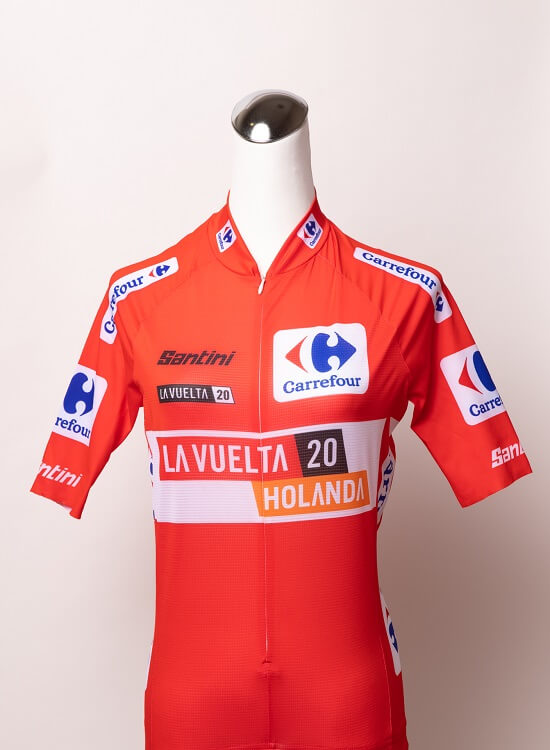
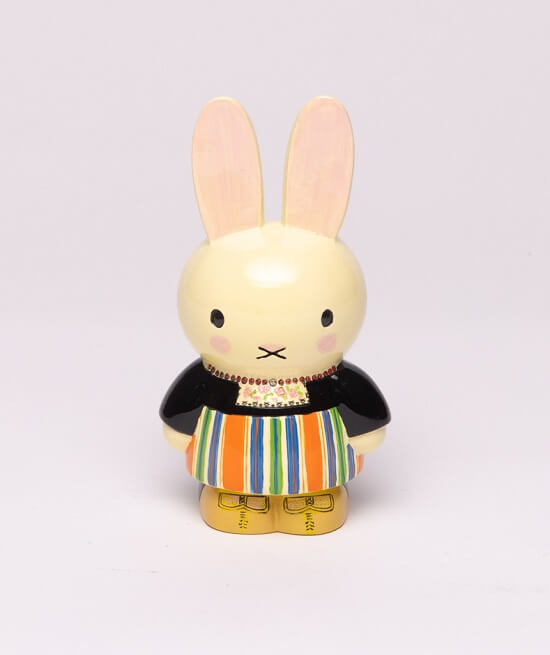
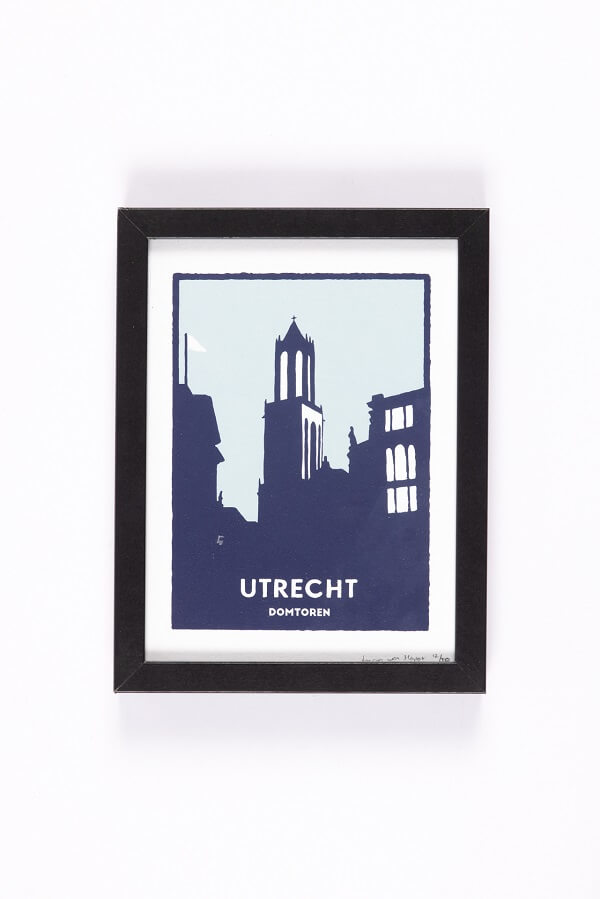
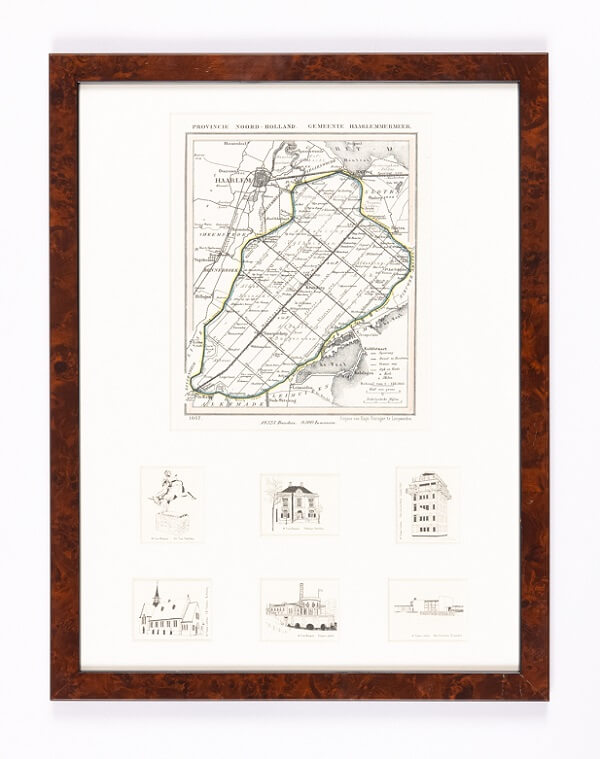
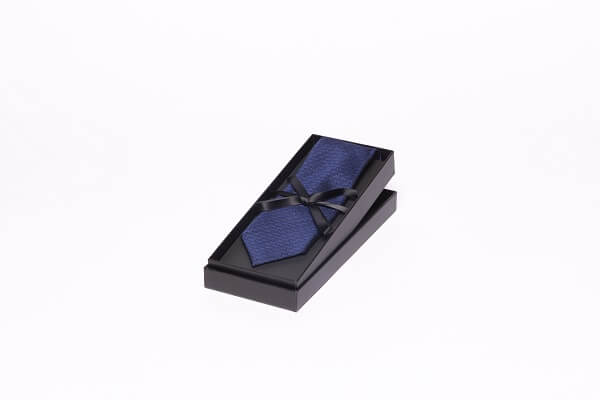
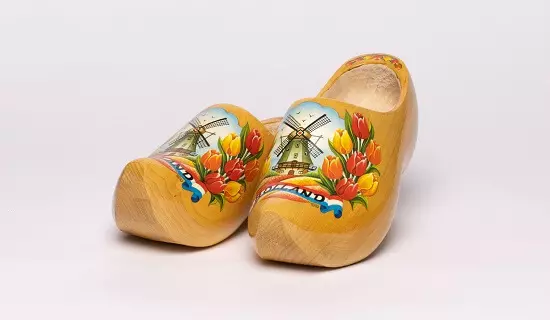
.jpg)
